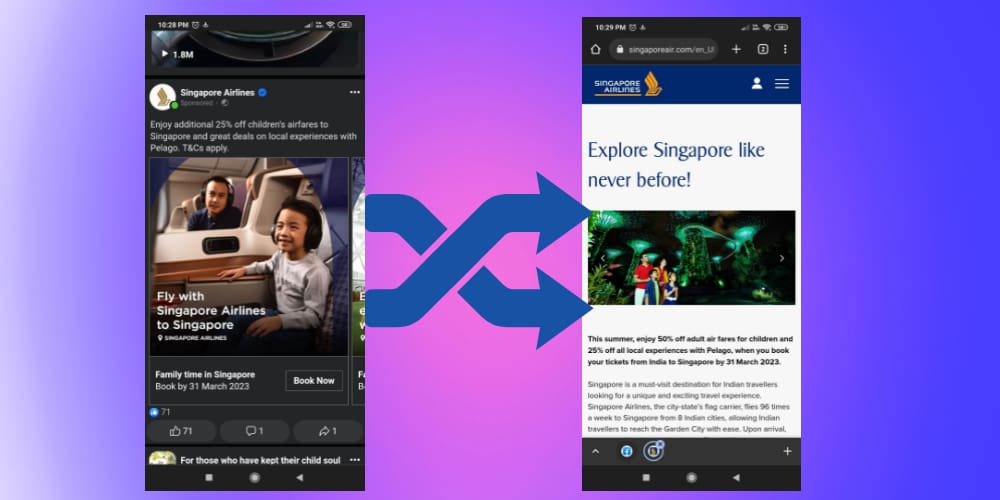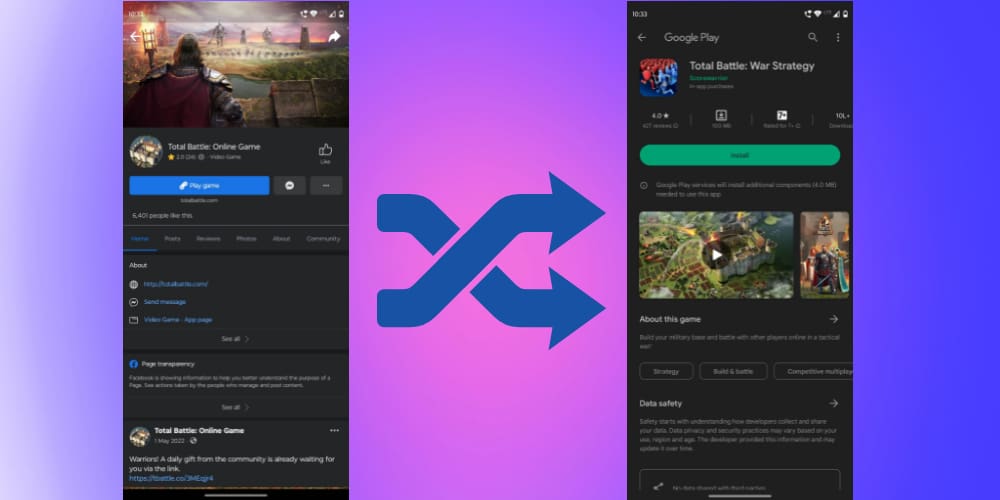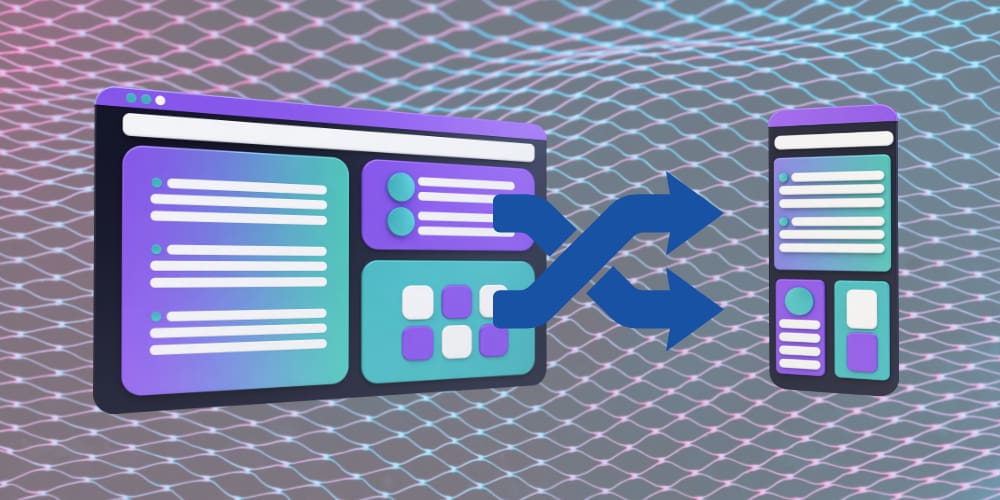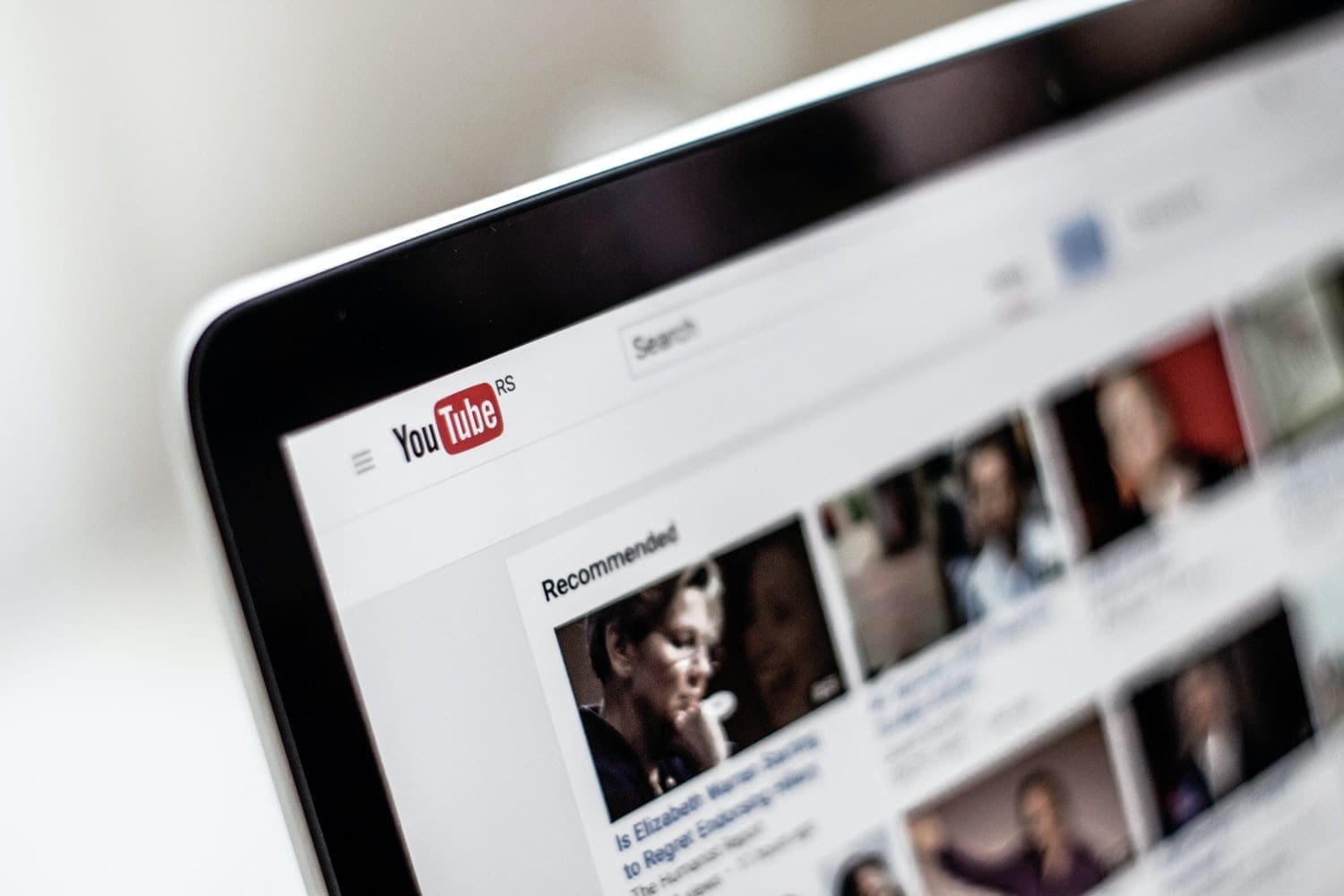Deep linking is a technique to direct your users from one web page to another on desktop or mobile. It makes the user journey smooth and quick. But at the same time, it helps app developers and marketers to know their users better.
From the source of customers to the current position of a customer on their buying journey — these are some important points that deep linking allows you to track so you can improve the in-app experience and have higher conversion rates.
Contents
Technipages Explains Deep Linking

Deep links refer to the type of link that sends users directly to an app or a particular webpage instead of making them take a tour of the website or online store for no reason.
Speaking of smartphones, deep linking means the action of taking users to specific in-app content, no matter on which page they currently are.
By sending the users to the specific in-app locations, it saves the time and effort of the users that they would’ve spent otherwise for locating that particular page. As a result, it significantly improves the user experience.
Deep links can be set to direct users to a particular webpage or event related to the campaign you’re running. It can also open an already installed app through iOS Universal Links or an intent URL for Android.
Types of Deep Linking
App Links
App Links is a deep linking protocol that redirects users from a website to a mobile app on Android smartphones and tablets. This protocol uses HTTP URLs to take users from a website to a mobile app content, screen, or feature.
In the absence of the installed version of the particular app, the HTTP code will direct the users to the same content on the app website. If the content is unavailable on the website, too, it redirects to the App Link source. It’s compatible with different products of Google Ads such as Shopping, App engagement campaigns, Display, and Search.
Deferred Deep Linking
The function of the deferred deep linking is to perform two redirections. Utilizing mobile attribution technology and content link memories, it directs users to one page to perform certain tasks and then redirects them back to the source to move them to the mobile app content.
The most common use of deferred deep linking is seen by online advertisers who want to increase app download count using this approach. When someone clicks on the deep link, it takes them to the download page of that given app on Google Play Store or App Store. After the installation, the link redirects to the app content or feature.
Contextual Deep Linking
With contextual deep links, you can offer highly customizable and relatable experiences to the app users and customers. Marketers can include these links with a specialized app landing page that’ll contain a greeting message and a one-time promo code or discount available and redeemable only by the current user. Contextual deep links can also track metrics such as click-through rates (CTR), ad campaign performance, return on investment (ROI), etc.
Universal Linking
When it comes to sending deep links to the users of the macOS, iOS, and iPadOS ecosystems, you must follow the Apple-approved Universal Linking protocol, which got introduced in iOS 9. Since all Universal Linking commands are directly managed by the iOS operating system, it’s more secure than traditional deep links.
As someone taps on a deep link, the linked app will open on iPhone or iPad. If it isn’t installed, the user will be redirected to the ap website or source page of the deep link. These links can also be modified to redirect users to App Store to download that app instantly.
Deep Linking Use Cases
Find below some real-world use cases of deep linking for end-users, web publishers, developers, and online marketers:
- App-to-app deep linking allows users to easily land on the relevant content. Besides ensuring a seamless user experience, it’s highly beneficial for people working with multiple apps or affiliate apps.

- Mobile web to app linking takes users from your content to the app for a better user experience. Deep links can automatically detect the device and platform of the users for redirection.
- Desktop to app linking is a great way to redirect desktop users to your mobile app content. Besides keeping the users engaged with the app, it can ensure more sessions.
- Email-to-app is another popular use case of deep linking. It allows 1:1 engagement with the users.
- Through ad-to-website linking, marketers can take customers straight to the purchase page of a website or e-commerce platform.
Marketers willing to gather more traffic and customers through social platforms use social media-to-app deep linking. During any social media promotions, use deep linking so that the customers are redirected to the product page of your website. While looking to communicate with the potential customers of your locality, you can deep link from social media to your WhatsApp business number.
Using deep links during product promotion via SMS is another great way to utilize this technique. Send a text message promoting an in-app purchase or offering a discount, and the deep link takes the users to the target page.
Since mobile users prefer to download friend-recommended apps, deep links are used to share personalized invites among the circles of existing customers for effective referral campaigns.
Benefits of Deep Links
Higher Conversion Rate
Deep linking plays an important role in boosting the sales of your app. While discounts or promotional prices offered through other modes might get ignored, users tend to use the deep links more that take them straight to the cart with an embedded coupon. Being taken to the checkout page that has the best price increases the possibility of users acting on it.
Retain Your Clients
It also functions as a tool for successful customer and user retention. Setting up apps for automatically sending deep links when someone is about to abandon carts or delete their account allows apps to keep more users.
More App Sales
When placed strategically, deep links can increase the number of users buying your app or purchasing subscription plans.
Better Click-to-Install Rates
Marketers using deep links on Facebook or Google ads have increased click-to-install rates through their advertising campaigns.
Engage With Your Target Audience
Deep linking also helps with user engagement. As it takes users directly to the page they need to be active, such as the app rating page, users become more willing to perform the action.
Up next, stop android apps opening your browser.




